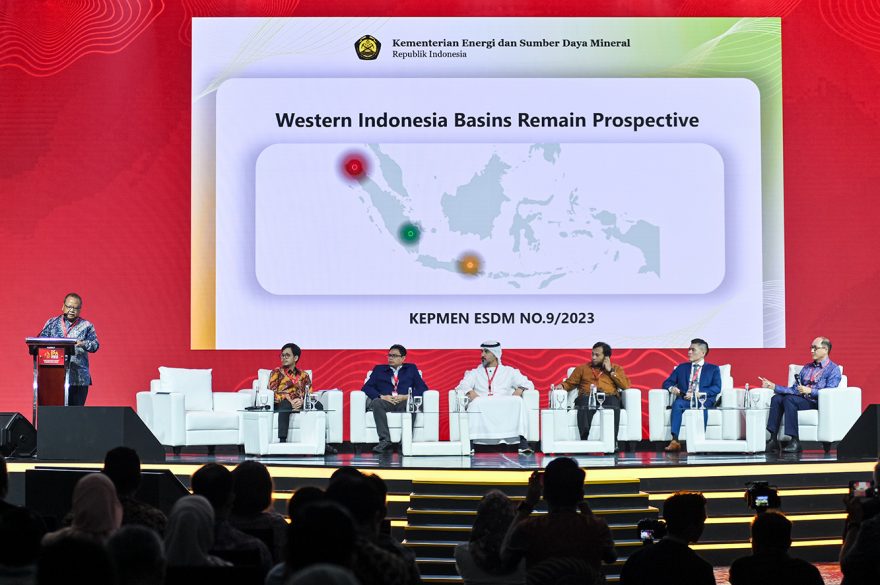Save Giant Oil and Gas Potential, Government Forms Special Exploration Team for Western Indonesia
/
TANGERANG – The recent discovery of gas resources in Western Indonesia, namely South Andaman, has raised hopes that the oil and gas potential in the region is still prospective. This condition has made policy makers and investors pay serious attention to the western part of Indonesia.
Nanang Abdul Manaf, Advisor to the Head of the Special Task Force for Upstream Oil and Gas Business Activities (SKK Migas), said that the government is paying serious attention to the oil and gas potential in western Indonesia by forming a special exploration team that conducts studies to prepare data that can later be followed-up by contractors.
“We know that western Indonesia has been studied by many companies, what is new? The difference is in our study which is currently directly supported by the minister. After a few years, we can see the difference. It seems that there are many promising discoveries. Some companies also continue to invest. We use big data, we access data owned by companies, Lemigas Geological Agency, integrated data, we provide not only technical but also terms and conditions,” explained Nanang in Special Session 2: Unveiling Opportunities: Insight From Recent Studies Western Indonesia Basin during IPA Convex 2024, at ICE BSD, Tangerang, Thursday (16/5).
Based on data from the exploration team formed by the government, there are three basins that are the focus to be developed, including the North Sumatra Basin, South Sumatra Basin and North Java Basin.
The team found that in the North Sumatra Basin, for example, there are 500 million barrels of oil equivalent (MMBOE) of discovered resources or more than 50 undeveloped discoveries. While in the South Sumatra Basin with the maturity of the basin conditions there are still 350 reserve findings. A further 11.4 billion BOE has been identified but needs to go through exploration processes. There is also the North East Java Basin with more than 9.9 billion barrels of oil equivalent (BBOE) identified and ready to be discovered in six sub-basins. “The latest is Tangkulo-1 which was discovered by Mubadala proving the great potential in the area,” said Nanang.
Ariana Soemanto, Director of Upstream Oil and Gas Program Development of the Ministry of Energy and Mineral Resources (ESDM), explained that the government’s optimism for the development of western Indonesia is reflected in the realization of the signing of oil and gas blocks since 2021 with a total investment commitment for exploration reaching US$ 16 trillion. Of the 21 blocks for which contracts have been signed, 20 are in western Indonesia. “This happened since more attractive term and condition contracts were introduced,” he said.
Furthermore, from 2024 to 2026, the government has identified 27 areas that are planned to be offered to investors. “Of the 27 candidate areas to be offered, 53% are located in western Indonesia,” said Ariana.
Currently, the government, said Ariana, has also prepared an improved gross split production sharing contract. The new gross split is believed to be much simpler than the current one and is expected to give investors the option to choose the best contract scheme that best suits their economics. “The status now, the final draft has been submitted to SKK Migas, from thereon we proceed to the Ministry of Law and Human Rights,” said Ariana.
Adnan Omar Bu Fateem, SVP Operations Technical at Mubadala Energy, said that proof of the large potential in western Indonesia can be seen directly from the findings obtained by Mubadala Energy. There are three Mubadala giant discoveries in the last five years in the Andaman II block, namely in the Timpan I field in 2022 with estimated reserves of 2 TCF. “Then South Andaman in the Layaran I field which was discovered in 2023 with estimated reserves of 6.5 TCF and most recently Tangkulo I with total estimated reserves of 2 TCF,” said Adnan.
